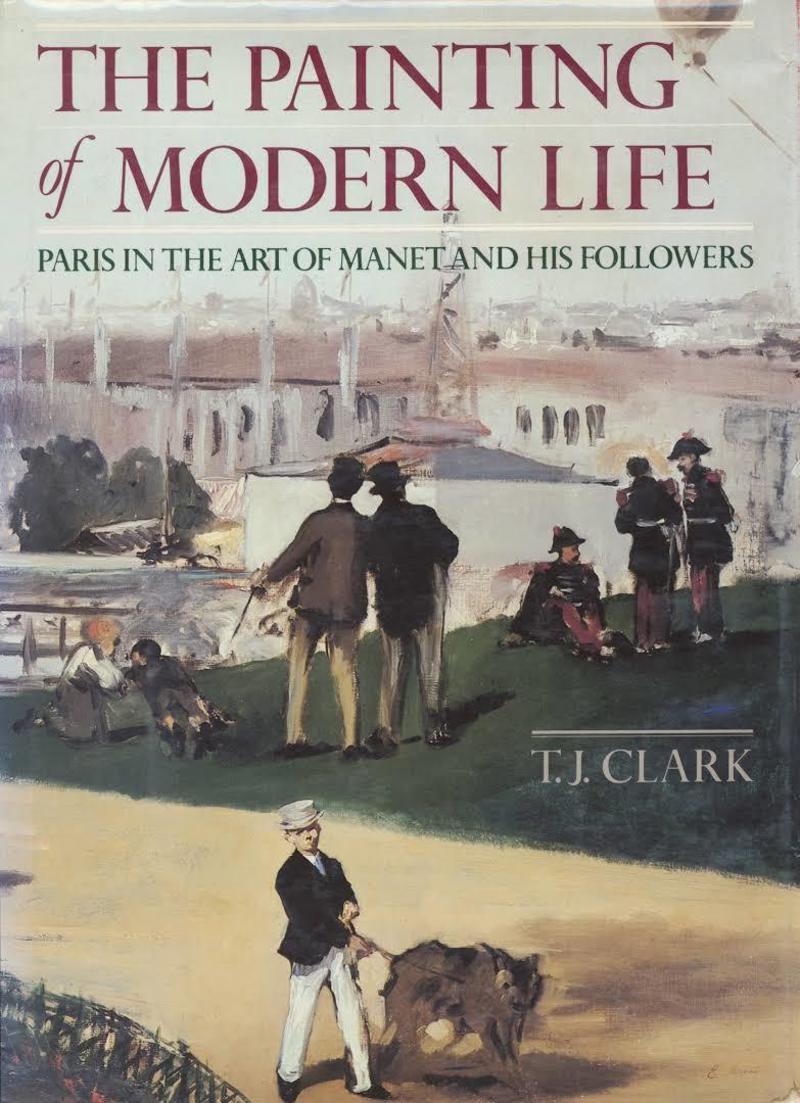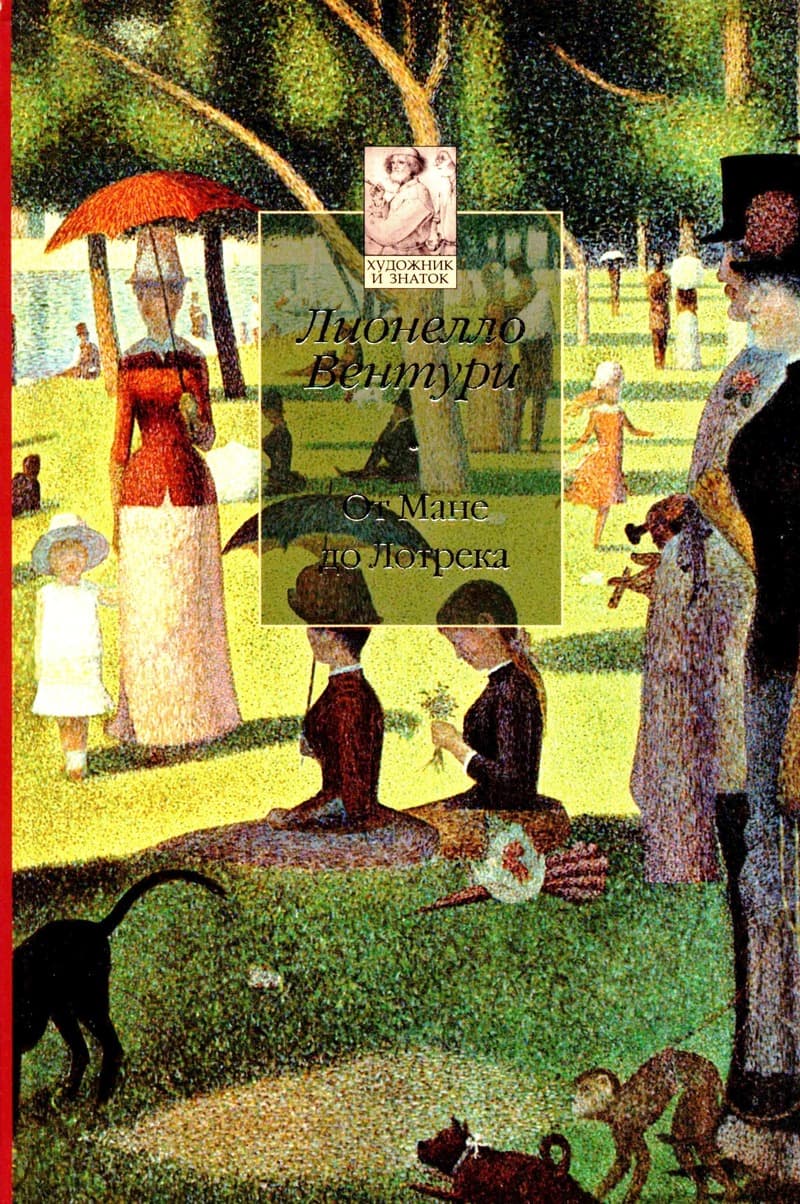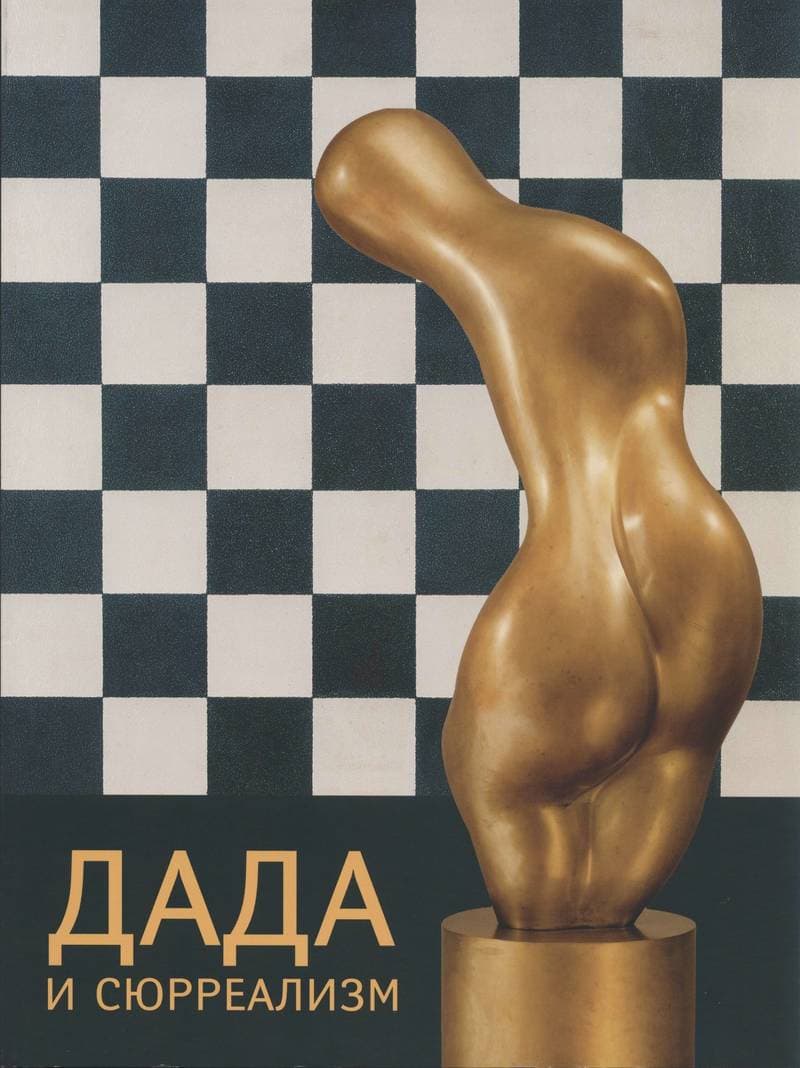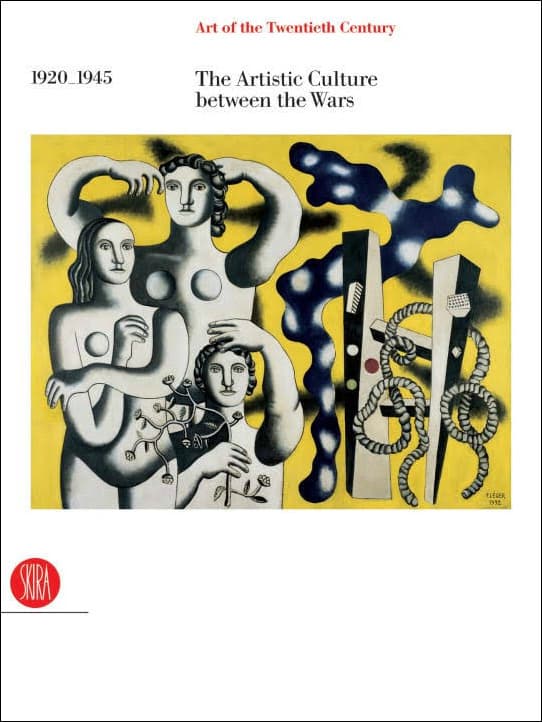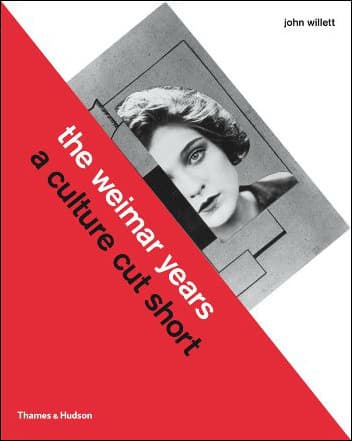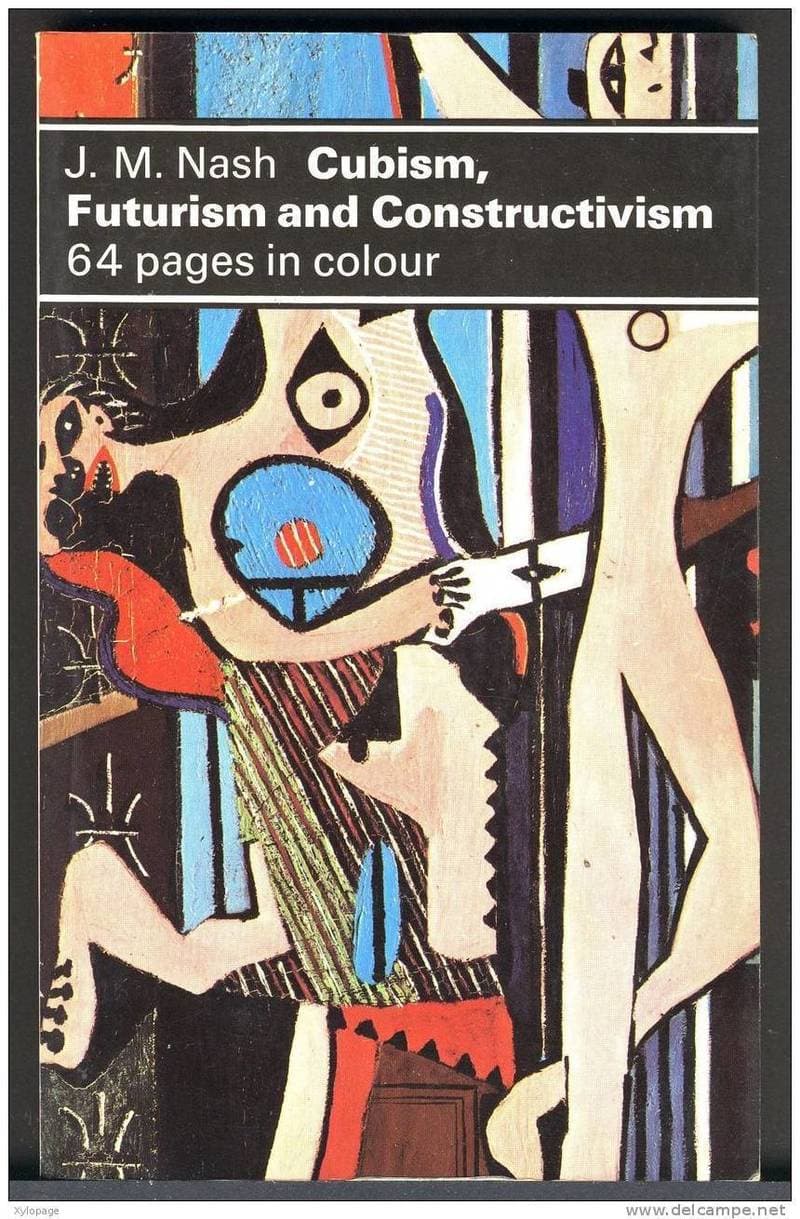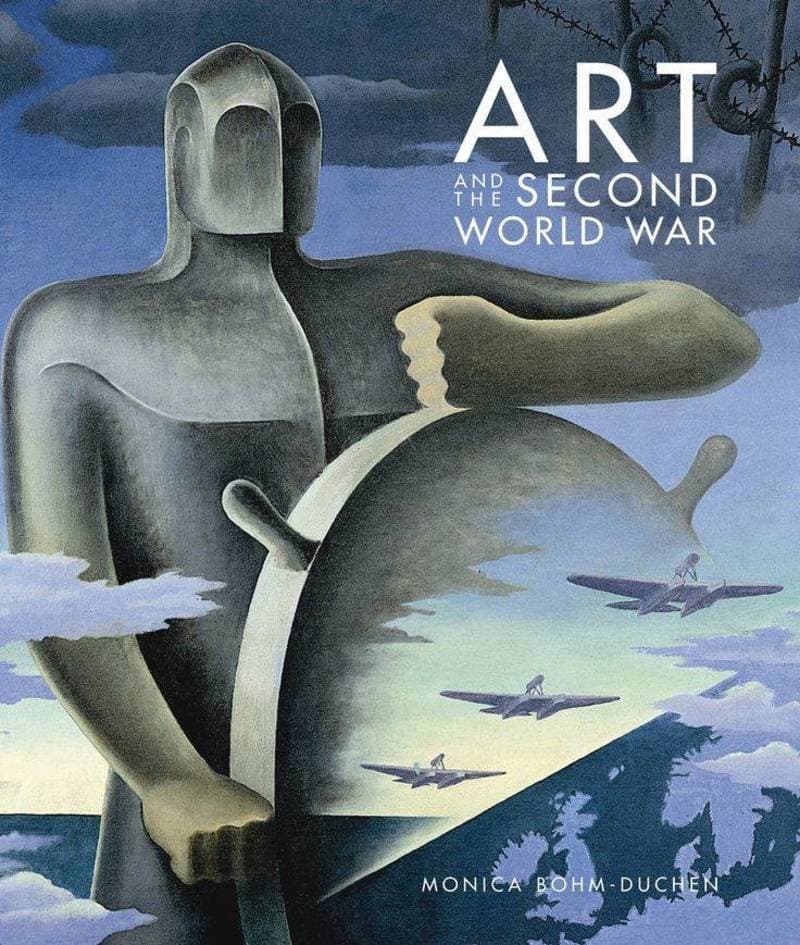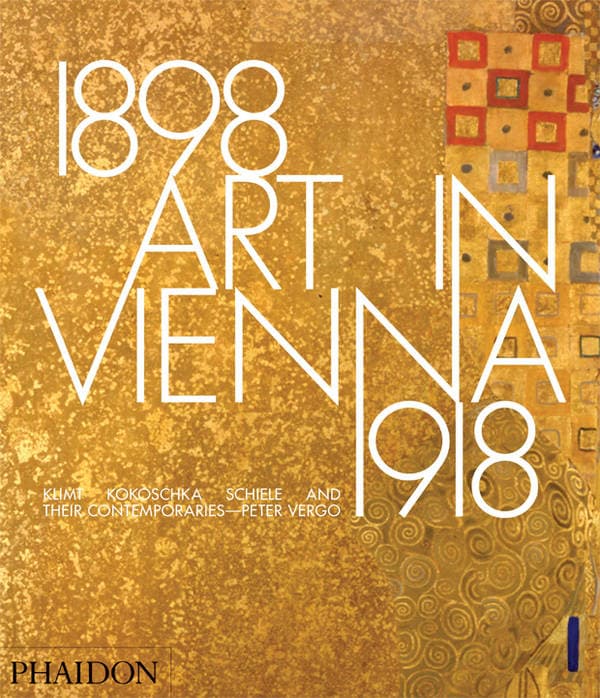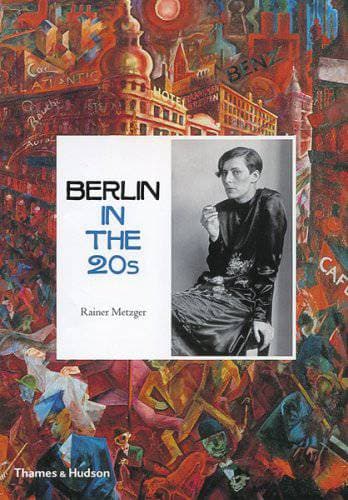The Painting of Modern Life: Paris in the Art of Manet and his Followers
The Paris of the 1860s and 1870s was supposedly a brand-new city, equipped with boulevards, cafés, parks, and suburban pleasure grounds — the birthplace of those habits of commerce and leisure that constitute “modern life”. Questioning those who view Impressionism solely in terms of artistic technique, TJ Clark describes the painting of Manet, Degas, Seurat, and others as an attempt to give form to that modernity and seek out its typical representatives. The central question of The Painting of Modern Life is this: did modern painting as it came into being celebrate the consumer-oriented culture of the Paris of Napoleon III, or open it to critical scrutiny? It is Clark's cogently argued (and profusely illustrated) thesis that modern art emerged from these painter's attempts to represent this new city and its inhabitants. Concentrating on three of Manet's greatest works and Seurat's masterpiece, Clark traces the appearance and development of the artists' favorite themes and subjects, and the technical innovations that they employed to depict a way of life which, under its liberated, pleasure-seeking surface, was often awkward and anxious.
Данные книги
Импрессионизм, История ХХ века, Натюрморт, Пейзаж, Портрет, Постимпрессионизм, Франция
Моне Клод, Сислей Альфред, Сёра Жорж, Ренуар Пьер Огюст, Сезанн Поль, Мане Эдуард, Дега Эдгар, Писсарро Камиль
Принстон, Нью-Джерси
1984
338 страниц
0691002754
Доступ по запросу
Да
Да
709.041 Cla
1
- От Мане до Лотрека2007
- Jewish tombstones in Ukraine and Moldova / Еврейские надгробия в Украине и в Молдове1993
- Дада и сюрреализм из собрания музея Израиля2015
- The Artistic Culture Between the Wars. 1920–19452006
- The Weimar Years: A Culture Cut Short2011
- Cubism, Futurism and Constructivism1974
- Art and the Second World War2013
- Osteuropäische Avantgarde aus der Sammlung des Museum Bochum und privaten Sammlungen. Museum Bochum 27.11.1988-15.01.19891988
- 1898–1918 Art in Vienna2015
- Как всегда — об авангарде. Антология французского театрального авангарда1992
- Children's Culture and the Avant‑garde: Painting in Paris, 1890–19152013
- Berlin in the twenties: art and culture, 1918–19332007
